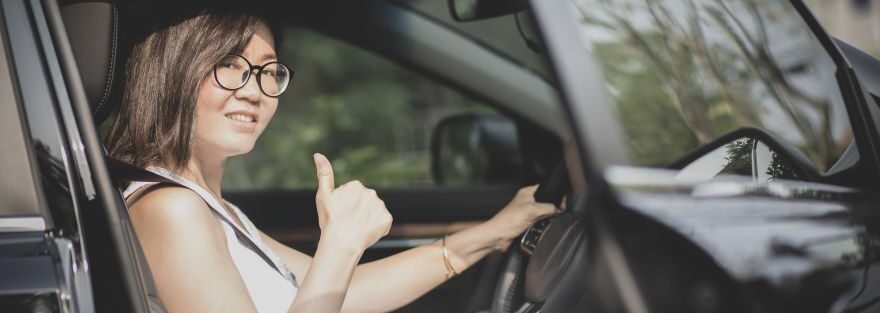As more carmakers introduce crash avoidance technologies in their vehicles, car buyers can be confused by the myriad of features and which ones actually work.
A recent study by the Highway Loss Data Institute analyzed a number of technologies and ranked them based on how well they perform in reducing accidents, injuries and the cost of claims.
Forward-collision avoidance systems, particularly those that can brake autonomously, along with adaptive headlights, which shift direction as the driver steers, show the biggest crash reductions. As more of these technologies take hold and if they reduce crashes, insurance costs may drop as well.
The institute’s analysis looked at number of brands for a good cross-section of vehicles. Below you’ll find the two above-mentioned best technologies for reducing accidents and injuries as well as the cost of claims. The third one is a popular technology that has had mixed results.
Forward-collision avoidance
Forward-collision warning (FCW) systems alert the driver if the vehicle is gaining on the traffic ahead of it so quickly that it is about to crash. Some of these systems also are equipped with autonomous braking, meaning the vehicle will brake on its own if the driver doesn’t respond in time.
Overall, the presence of FCW was associated with a significant 8.6% reduction in the frequency of property damage liability claims and a significant 2.5% reduction in the frequency of collision claims.
The technology was also associated with a significant 15.9% reduction in the frequency of bodily injury liability claims, and a whopping 19.3% reduction in the frequency of medical claims.
Adaptive headlights
Adaptive headlights adjust to where the vehicle is heading based on the speed of the vehicle, direction of the steering wheel and other factors.
Curve-adaptive headlights are designed to help drivers see better at night on straight and curved roads than conventional incandescent or halogen headlights.
Curve-adaptive headlights significantly reduced the frequency of property damage liability claims for General Motors, Mazda, Subaru and Volvo vehicles, and significantly reduced the frequency of collision claims for Mazda vehicles, the institute found.
Across manufacturers, curve-adaptive headlights were associated with a significant 4.6% reduction in the frequency of property damage liability claims.
Overall, these headlights were associated with an 8.1% reduction in the frequency of bodily injury liability claims and an 8.6% reduction in the frequency of medical claims
Lane-departure warning
This technology alerts the driver if the vehicle is straying across a lane marking when the turn signal is not activated.
Overall, the technology was associated with a 1.2% reduction in property damage liability claim frequency and a 2.2% increase in collision claim frequency; neither change was statistically significant, according to the institute.
Oddly, the overall frequency of bodily injury liability claims associated with this technology actually increased 6.3%, while there was an overall 12.4% reduction in medical claims.
Who knows, maybe some day having all these features will allow you to get the cheapest car insurance in ny.


